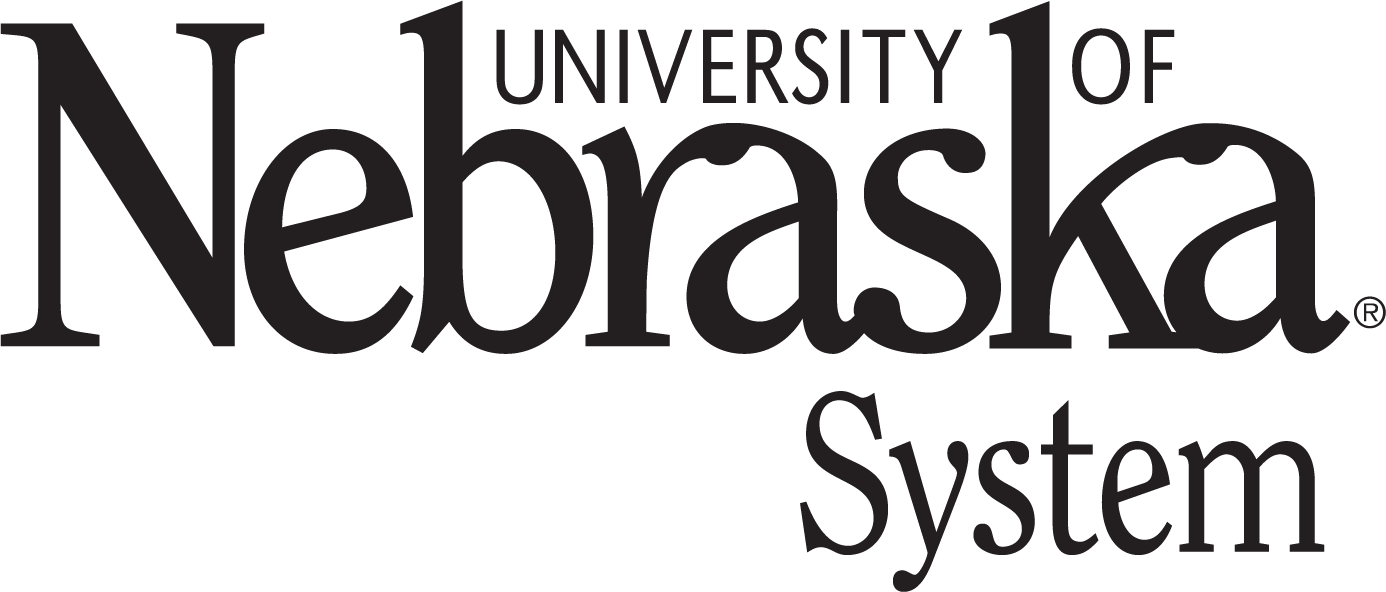8 Documentation in Electronic Health Records
Patient Privacy and Safety
- Patient medical records are confidential. Patient information and chart review should not be shared or accessed outside the ACTS program.
- Only navigate to the patient MRNs provided by your therapist. Looking up other EHR charts (even your own) is unethical and violates HIIPA guidelines. Each user’s searches and history is tracked within Epic, so only open charts you are instructed to review.
- Do not edit or post anything without permission from your supervising therapist. This is a live system, and changes made to patient charts are published instantly.
- Dispose of any confidential patient information in the designated confidential materials bins.
- Close and log out of Epic after every use. Do not leave Epic open on an unattended computer.
SOAP
EHR Documentation Tips
- If you didn’t document it, it didn’t happen- be thorough in your documentation
- Use concise language in summaries and comments
- Utilize shorthand and abbreviations, and avoid documenting the same details in multiple parts of the note
- Refresh and reference common healthcare abbreviations in the Gately and Boarcharding textbook
Documentation examples
Documentation should be thorough to fully capture what happened in the session and how that impacts the patient functionally.
Here’s an example lacking detail and information about the patient’s functional status:
The patient completes grooming and hygiene tasks mod A. The patient ambulates 10 feet min A to the bedside chair. Min A for LB dressing task. Pt left with needs in reach.
Documentation should also be concise. Every detail from the session does not need to be included in your note.
Here’s an example that contains too many details about the session:
The patient completes a grooming and hygiene task standing at the sink with moderate assistance for opening the toothpaste, putting the toothpaste on the brush, and attending to the L side of their mouth during the task. Pt says, “It feels so good to brush my teeth.” Pt seems confused when instructed to go back to the bedside chair. Then asks when their daughter will be back. Pt requires verbal cues for hand placement on FWW and min A to ambulate 10 feet to bedside chair. Pt gets twisted up in their IV lines and has to do a complete turn to unwind themselves before sitting. Pt wants to switch out of non-slip socks to their slippers, so LB dressing task is completed in sitting. Pt requires min A to doff sock from L foot and to bring L foot up in figure four dressing. Pt demonstrates increased confusion on this date, and reports increased fatigue and pain limiting activity tolerance for standing ADLs today. Pt is progressing towards goals of dressing SBA and completing grooming and hygiene tasks min A. Pt left in their bedside chair with all needs in reach.
Good notes should explain what happened in the session and synthesize the information.
Here’s an example of a treatment note with an adequate description of the session and synthesis of the information:
The patient completes a g/h task standing at the sink mod A for use of hemiparetic L arm and attending to L throughout the task. The pt ambulates 10 feet to bedside chair min A and requires multiple verbal and tactile cues for L hand placement on FWW. Pt completes seated LB dressing task min A with cues for sequencing figure four dressing technique. Pt demo’s increased confusion on this date, and has difficulty with command following during functional activities. Pt has decreased activity tolerance today d/t high pain and fatigue. Edu provided on activity promotion while in hospital. Pt left with needs in reach.
